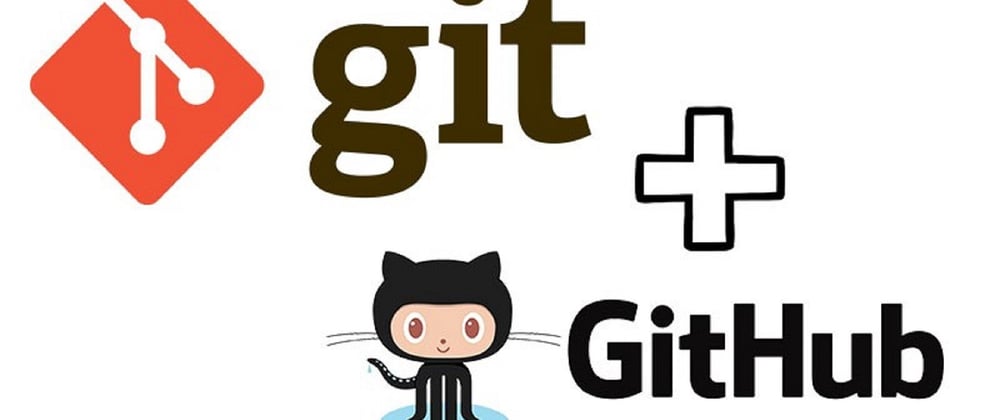Recently, I contributed to an open-source project Twindle, which is beginner-friendly and would like to help other beginner Devs through my learning.😇
Out of many, the hurdle of creating the very first Pull Request for a newbie can't be neglected for sure and for obvious reasons.😛
Once successfully done, it was quite exciting for me too!! 😄
To create a PR (Pull Request), I used a Fork & Branch Git Workflow mentioned below:
Prerequisites
- GitHub account
- Git installed in local machine
Guidelines
Every other open source project has its own set of guidelines to follow before creating a PR. So, please go through the project details & make changes as per the rules.
Terminologies
1. Local: It typically means "on our computer".
2. Remote: It is typically the code hosting service like Github, Bitbucket & others.
Step 1: Fork the Repository
- Open the original repository (twindle) in GitHub.
- Click on the Fork in the top right corner (below your profile icon).
- In a matter of seconds, it will be ready with your forked repository.
Step 2: Make a Local Clone
- In your local machine, move to the directory/location you want to clone your forked repository.
- Right-click and choose
Git Bash Hereoption. This will open the Git terminal. - Type
git clone <URL of forked repository>
Note:
- "URL of forked repository" will be unique for every user. You can find it under Code > HTTPS in your GitHub account inside the forked repository.
- For this repository, default Git remote name is origin
Syntax: cd <repository-name> to enter the cloned repository.
-
cd twindlein this case.
Step 3: Adding a Remote
Syntax: git remote add <remote> <URL of original repository>
git remote add upstream https://github.com/twindle-co/twindle.git
Note:
Git remote name to pull changes from the original repo is upstream here. You can name it anything.
We will need it at a later point.
Step 4: Working In a Branch
1) Create and Checkout
Method 1
git branch featuregit checkout feature
OR
Method 2
(shorthand for Method 1)
Syntax: git checkout -b <branch-name>
git checkout -b feature
Executing either method creates & switches to the new branch i.e feature.
2) Make changes to the files via any editor of your choice
Any changes made will be in the feature branch, not main (formerly known as the master) a.k.a root branch.
3) Commit those changes
git add .git commit -m "<message>"
Step 5: Pushing changes to GitHub
Syntax: git push <remote> <branch>
git push origin feature
Step 6: Opening a Pull Request
- GitHub makes it incredibly easy.
- Click on Compare & Pull Request button.
- Provide a brief title & description.
- Click on Create Pull Request to submit.
- Wait for it to be merged.
Step 7: Cleaning Up After a Merged PR
Once the PR is merged,
git pull upstream main
Pull changes from the original repo
Note:
You need to switch the branch to main before deleting the feature branch (next command).
git checkout maingit branch -d feature
Deletes the feature branch locally
git push origin main
Push changes to forked repo > main branch
git push origin --delete feature
Deletes the feature branch remotely
Step 8: Keeping your Forked Repo in Sync with the Original Repo
It's recommended to do this every time before raising a PR / time-to-time to update your Forked Repo > main branch
git pull upstream maingit push origin main
I would like you all to contribute your bit in this fantastic project.
💭 Share your thoughts on how did you tackle your first PR ?







Top comments (0)